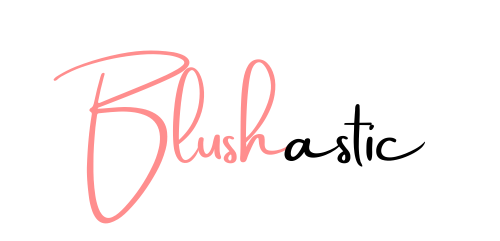Imagine working your hands skillfully to create the perfect makeup look for several minutes, only for it to start pilling and separating. No wonder you would lose your mind and be tempted to scream, “Why is my makeup separating on my face?.” I recently found myself in a similar predicament and had to scour the internet for tips and tricks to save my makeup.
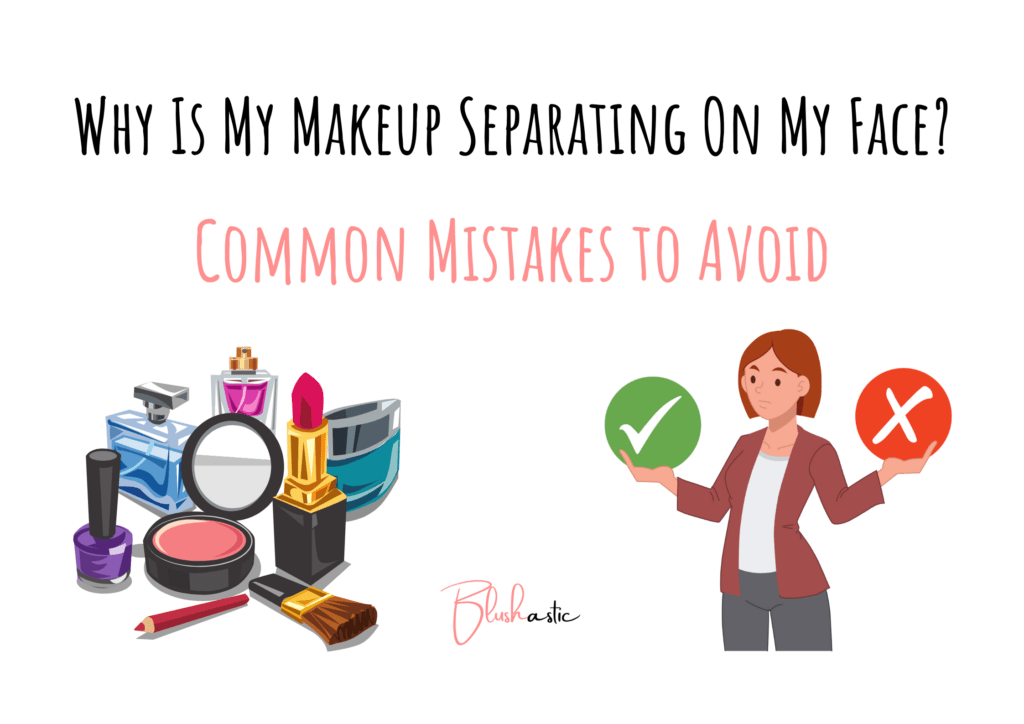
After several trials and errors, I finally figured out what was going wrong. I just know that if you are in a similar situation, you’d hate to do all this exploring and experimentation. So, I’ve decided to zoom in on some critical makeup mistakes that could be causing yours to separate, look patchy, and whatnot. So, without further ado, let’s search for the troublemakers keeping you from achieving your best look.
Contents
Why Is My Makeup Separating On My Face? | Getting into the Nitty-Gritty!
No matter how much the Snapchat and Instagram filters convince you that makeup should look flawless with not even a single dry patch, crease, or dark spot in sight, the reality is different. Our skin has pores, lines, texture, and hair, all of which cause makeup to look pretty different in real life. While it is common for makeup to crease, look shiny, and settle into deep lines, what is not normal is excessive pilling and separating.

It is normal to encounter problems while learning and experimenting with makeup, especially for beginners. Issues like makeup separating can be real downers, but do not let them sway your mood. I will delve into the causes and solutions, but let’s explore some common signs of makeup separation so you can recognize and address them effectively.
How Do You Know If Your Makeup Is Separating?
Here are some indicators that your makeup is separating.
- The makeup forms clumps or balls on the skin’s surface.
- It is unable to adhere to the skin and appears to slide off.
- The products settle into fine lines, pores, and texture, giving a patchy and grainy appearance.

- You may notice flaking or peeling, leading to random dry patches on the skin.
- Makeup transfers to your clothes, hands, or other surfaces.
- Inconsistent coverage can also indicate makeup separation, leaving some areas of your skin with more product than others.
How To Fix Separated Makeup On Face? | Reasons and Solutions
Inadequate Skincare
Imagine not sanding your walls before painting them. The result will be patchy, textured, and uneven-looking walls, with the paint trying to adhere to them for dear life. Similarly, not taking adequate care of your skin can make your makeup look cakey and separated. Addressing and treating your skin concerns is essential to achieve a smooth and even skin surface naturally, enabling the makeup to glide and adhere to it effortlessly.

Solutions
- Build a skincare routine based on your skin type, concerns, and goals, and follow it consistently.
- Incorporate exfoliation into your beauty regime to effectively wipe out dead skin cells, grime, and other gunk to achieve soft, smooth, and supple skin.
- Hair removal can also elevate your makeup look effortlessly. Threading, waxing, and shaving are common methods to remove facial hair effectively.
Poor Skin Prep
Would you believe I thought skin prep was unnecessary when I first started wearing makeup? No wonder my makeup would appear patchy, making me look worse when I hoped it would make me look better. If you’ve been making the same mistake as me, it’s time to start taking skin prep seriously because it will undoubtedly improve your makeup.
While following a proper skincare routine before applying makeup is essential, it is also important not to skip primers because they are specially curated to enhance makeup application and avoid mishaps such as makeup separation.

Solutions
- Always wash your face thoroughly with a non-abrasive cleanser before doing makeup.
- Use suitable toners, serums, and moisturizers to nourish your skin and prep it for makeup application.
- Invest in a good primer and use it liberally before putting on any makeup. People with dry skin can opt for moisturizing primers that deliver a dewy glow. On the other hand, people with oily skin should opt for primers that combat oil and shine, leaving a matte finish behind.
Oily Skin
Oily skin is characterized by increased sebum production, leading to the shiny and greasy appearance of the skin. This skin type also has larger pores and is prone to acne. All these factors can make makeup application challenging as it can slide off easily from the skin. As a result, your makeup separates easily, especially from T-zone areas like the forehead, nose, and chin.
Furthermore, using makeup products incompatible with this skin type, such as an oil-based foundation, can exacerbate oil production, increasing the chances of makeup pilling and separation. Humidity and heat can also lead to oil production and sweat that may cause your makeup to fall off.
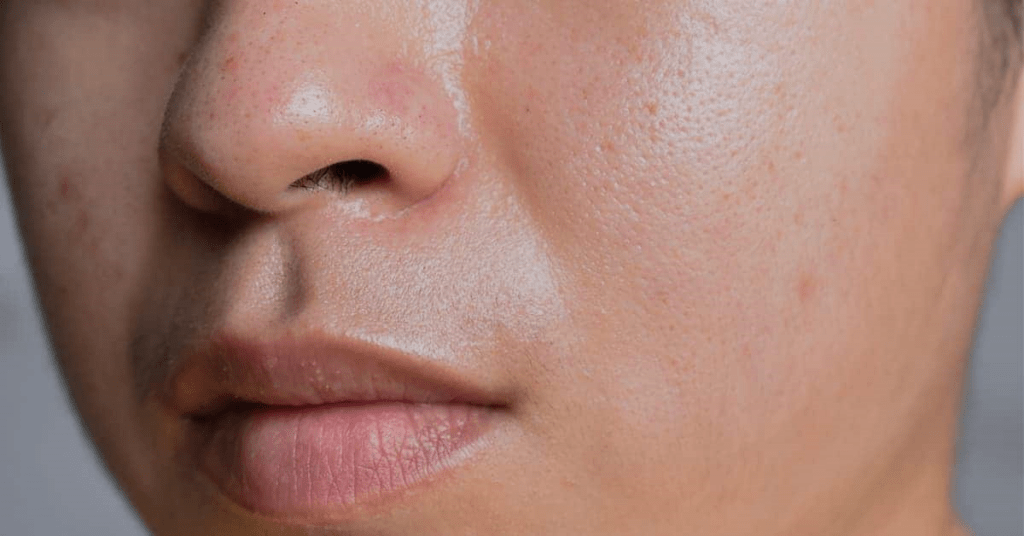
Solutions
- Incorporate ingredients that regulate sebum and oil production, such as Niacinamide and Salicylic Acid, in your skincare regime.
- Opt for silicone-based primers that control oil production, making your skin less shiny and greasy. As a consequence, your makeup will stay put for longer hours.
- Use foundation made for oily skin types. They generally leave a matte finish and adhere to the skin well.
- Set your face with powder and setting spray to increase the longevity of your makeup.
- Use blotting papers and tissues to control the oil and shine on your skin on the go.
Conflicting Formulas
Remember, we learned oils and water do not mix in our science lesson. For those not fond of science, don’t worry, as we won’t have to go back and relearn the reasons. I’m simply presenting this example to convey that the chemistry of our makeup products is crucial to determine where they may cause clumping and separation.
To put it very simply for you, using oil-based and water-based products at once may cause your makeup to not stick to the skin well. Moreover, using products with different textures may also cause pilling. Let’s look at some solutions to tackle these problems better.

Solutions
- Ensure your makeup products are compatible in terms of formulation and texture.
- If you have dry skin, use products with hydrating ingredients and oil. You can also use products with thicker consistencies.
- For those with oily skin, opt for water-based and lightweight products that can easily adhere to your skin.
- Allow products to set and absorb for a few seconds to minutes before layering products.
Incorrect Makeup Application
You could be doing your makeup wrong in a few ways, leading to issues like separation. The first reason for your makeup woes could be incorrect layering. These days, there are multiple trends with people suggesting applying makeup products in ways not generally followed. For example, many recommend using a setting powder before applying a primer or a foundation. If you’ve been following some of these tips, chances are they are causing your makeup to break.

Using the wrong makeup tools can also be a factor worth considering if you’ve been having trouble making your makeup stay longer. While you should ideally be able to use any makeup application tool, some products apply better with brushes than sponges and vice versa. Using your fingers to blend the products may also lead to uneven distribution, causing flaking and textured patches.
Lastly, not cleaning your makeup tools often can also be an underrated reason for makeup separation. Using old and dirty tools can make your makeup look very patchy, not to forget that the residue of past applications may also adhere to your skin, creating a cakey appearance. Dry beauty blenders can also fail to distribute the products seamlessly, leading to a “separated” look.
Solutions
- Follow a specific order depending on the formulation and consistency of your products for seamless makeup application. As a general rule of thumb, it is suggested to start with skincare, followed by applying a primer, liquid products, cream products, and powder products.
- Pick the right tools to apply your makeup products. Many brands offer tools specially designed to be used with their products; you could try those.
- Check online reviews and tutorials to figure out the best techniques and tools to apply your makeup.
- Clean your makeup tools thoroughly every 7-10 days and replace them every 1-3 years.
Not Setting Your Makeup
Setting your makeup is crucial to ensure all the products blend nicely together and stay put for long durations. The first way to set your makeup is by using a setting powder. These powders are typically applied over liquid and cream products. There are different setting powders, such as milled, loose, and pressed. Milled powders are best used to blur texture and fine lines. Loose powder is best for baking, while pressed powders are for shine control.
There are also translucent and colored powders used for setting base makeup. Translucent powders are simply white (they do not leave any white caste behind), and colored powders help add a little coverage to the makeup.
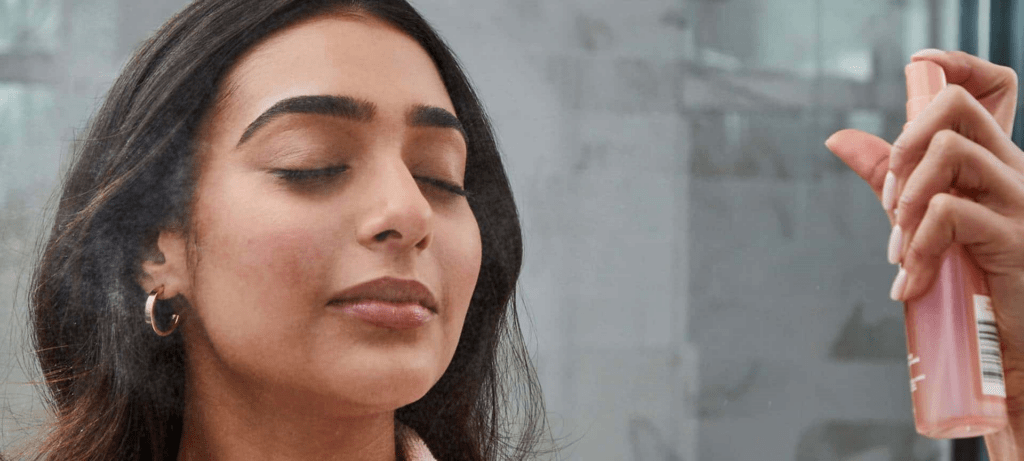
Another effective way of setting makeup is by using setting sprays and mists. There are multiple options on the market catering to different skin types, concerns, and goals. Depending on the formulation and potency of products, setting sprays can make your makeup last 8-12 hours. They also help control shine and protect against environmental factors like humidity and heat.
Solutions
- Use setting powders that are best suited for your skin concerns and needs.
- Apply setting powders to oily spots, especially the T-zone (the forehead, nose, and chin).
- Apply a few coats of a potent setting spray to lock in your makeup. You can also lightly dab your makeup with a sponge to ensure all the products blend well.
Frequently Asked Questions | Why Is My Makeup Separating On My Face?
Does old makeup separate?
Old makeup or products that’ve crossed their expiration date are more prone to separating. It simply means that the components in the product separate, causing a weird appearance and consistency. Moreover, the color and smell of these products can also change, and they may harbor bacteria.
Which is the best primer to stop foundation separating?
There isn’t a single best primer to stop the foundation from separating. Choosing an ideal primer depends on skin types, concerns, and goals. Nevertheless, to avoid makeup separation, it is best to pick primers that leave a slightly sticky and tacky finish. The e.l.f. Power Grip Primer, for instance, is an affordable yet effective primer that can help lock your makeup for several hours.
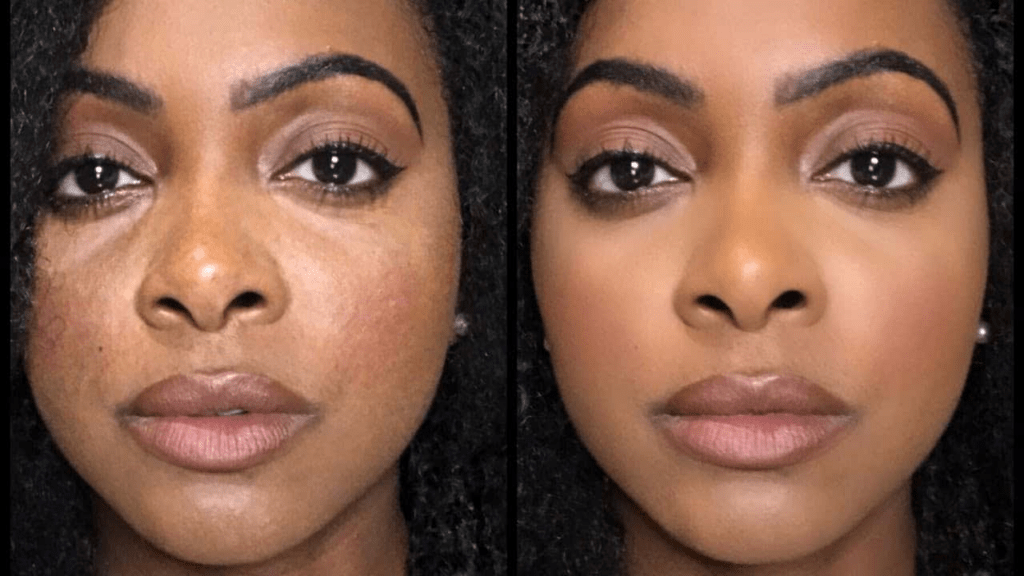
Why is my foundation separating on my nose?
The skin around our nose has the most sebaceous glands; hence, it is more prone to getting oilier and greasy. Hence, it is common for foundations to separate on the nose. You can avoid this by adopting some of the methods above or watching this video for more assistance.
Why does my makeup come off even with setting spray?
Setting spray helps seal makeup in place for long durations, so if it comes off even after using one, it is understandable why it’d cause some distress. While there could be a few different reasons why this may happen, one common reason is that you’re either applying too much makeup or too much setting spray, causing it all to fall off. So, use a limited amount of products to ensure nothing breaks or separates.
Why does my makeup come off when I touch my face?
If your makeup comes off when you touch your face, it is likely because your foundation, concealers, or other cream products transfer easily. Poor formulation causes such issues. While you can save your look in some cases by setting it with a powder, if the problem persists, you may want to toss out your product for a new one.
Takeaway
Makeup is fun, with some even touting it as therapeutic. So, issues like makeup separation can be distressing, causing your mood to dampen. Sometimes, it could also lower your confidence or cause insecurity. I resonate with all these feelings, so when I faced issues with my makeup, I knew I had to help others fix theirs, too.
In my case, lack of exfoliation and excessive oil were the culprits causing my new foundation to pill and causing me to scream, “Why is my makeup separating on my face?” I hope the above guide helps you figure out what could be going wrong in your case. If you do, share them in the comments below and what you did to tackle those issues.
Rebecca is a skilled writer with a passion for makeup and skincare. With years of experience in the beauty industry, she has a deep understanding of the latest trends and products and a talent for creating engaging content that resonates with her readers. Whether she’s writing about the latest skincare products or sharing her favorite makeup tips, Rebecca’s writing is always informative, entertaining, and inspiring.
